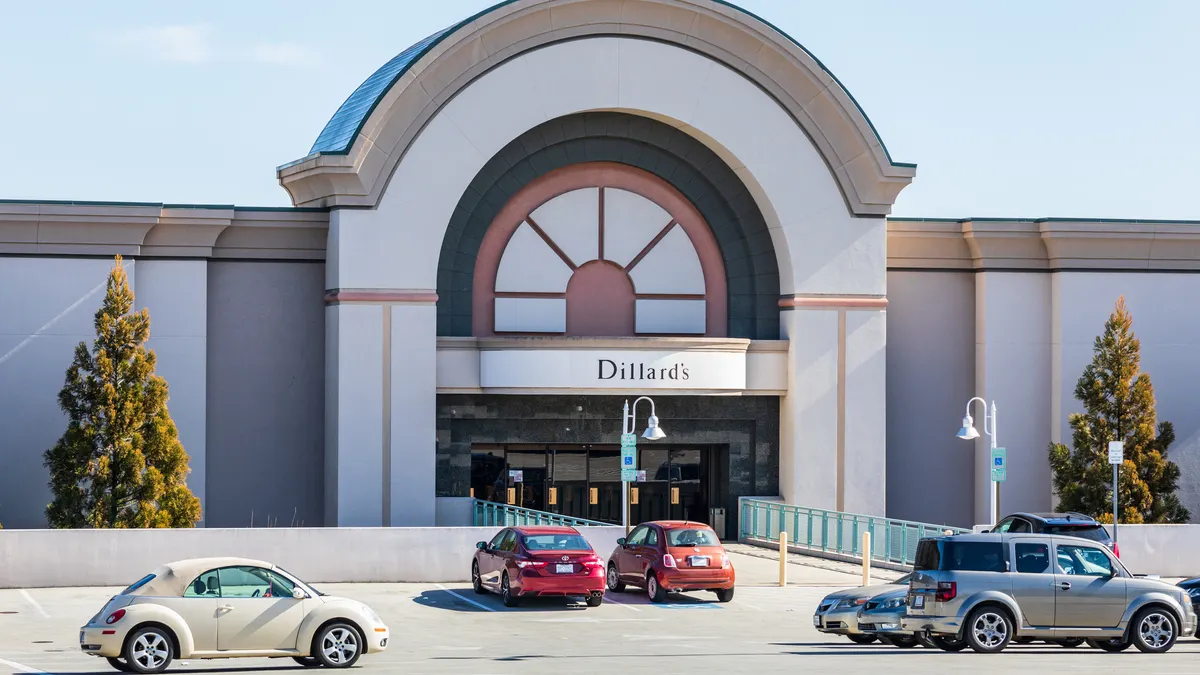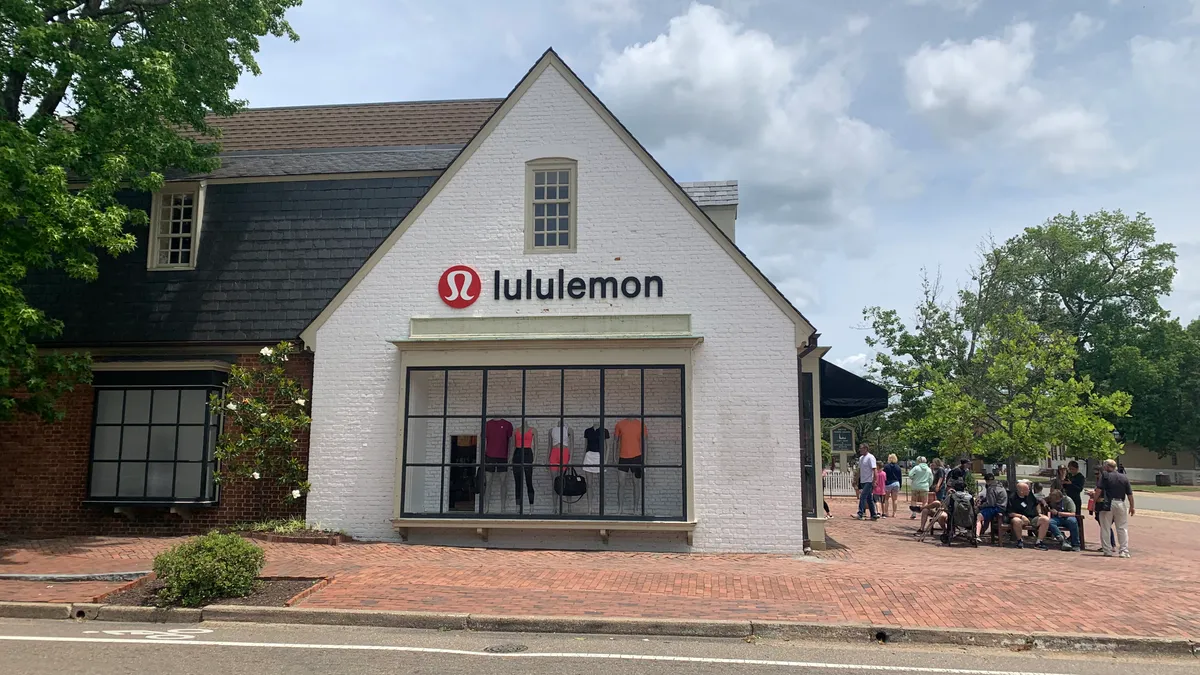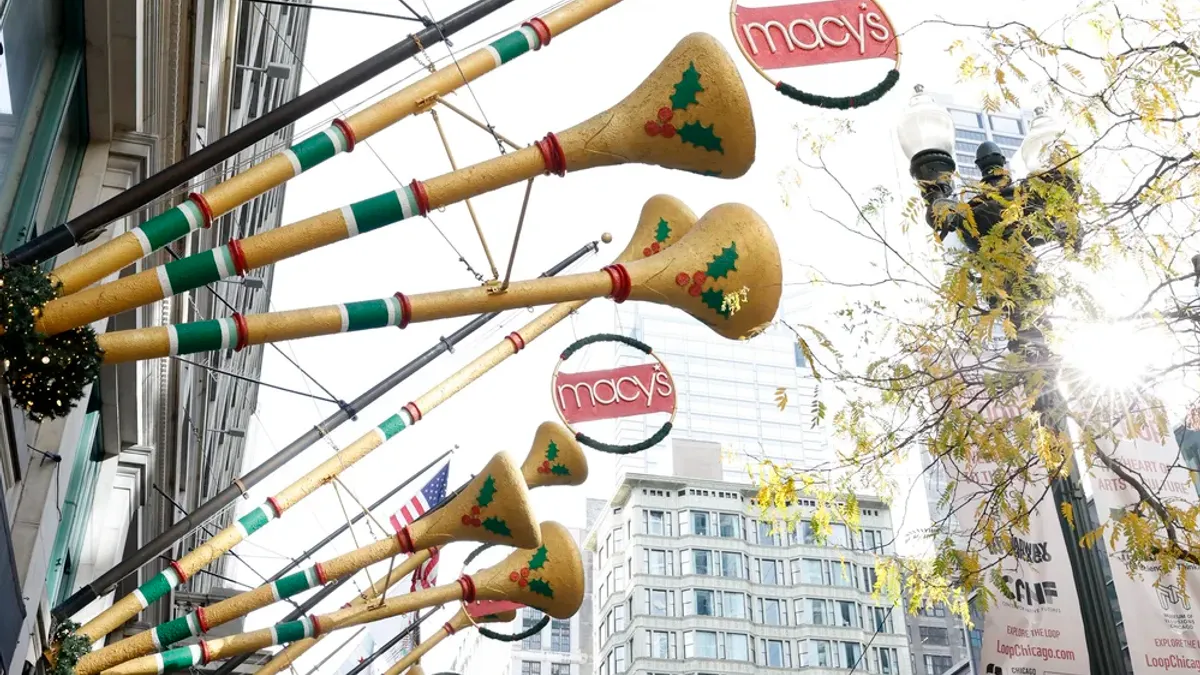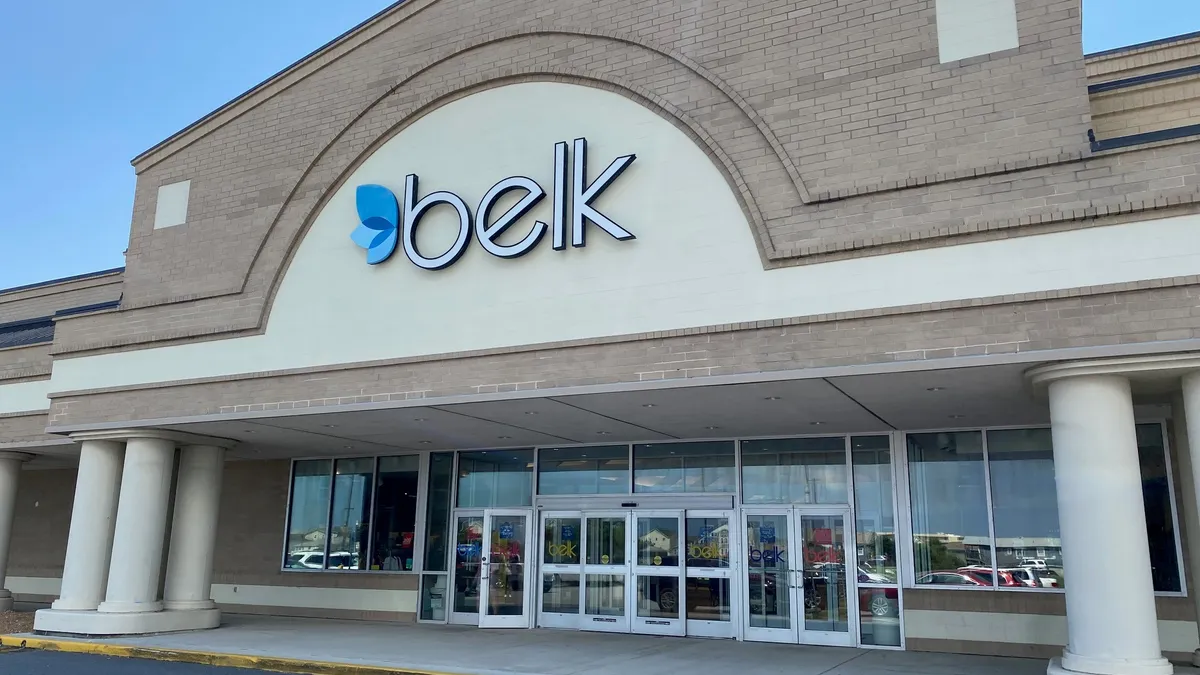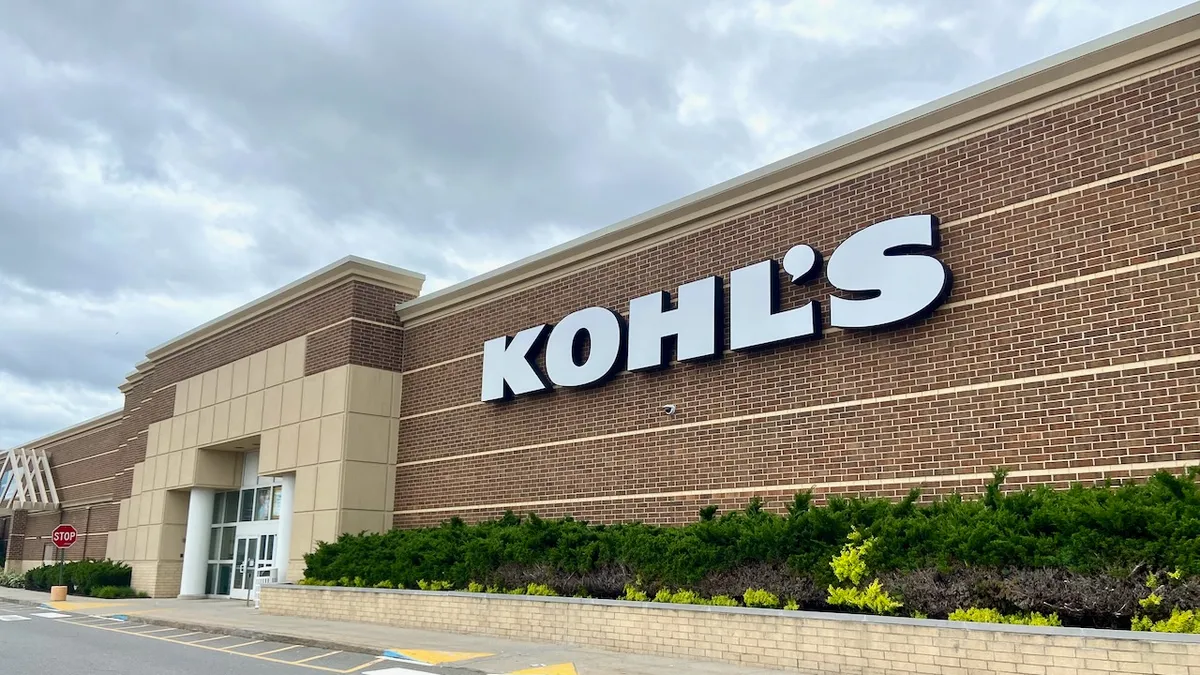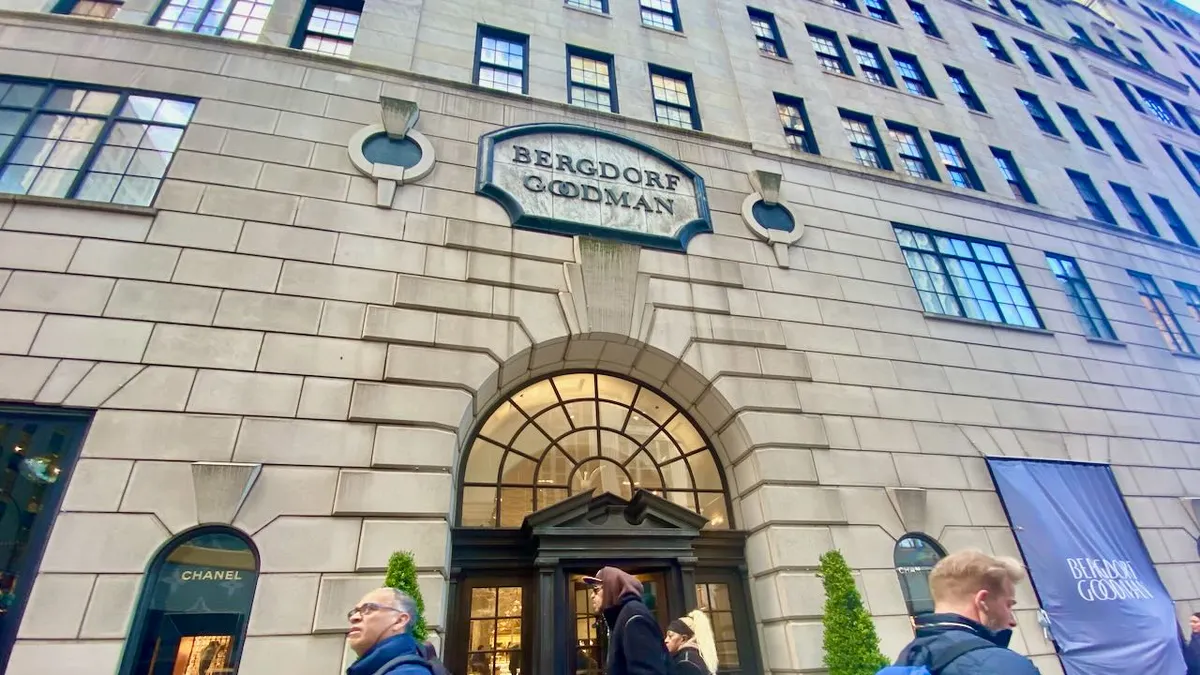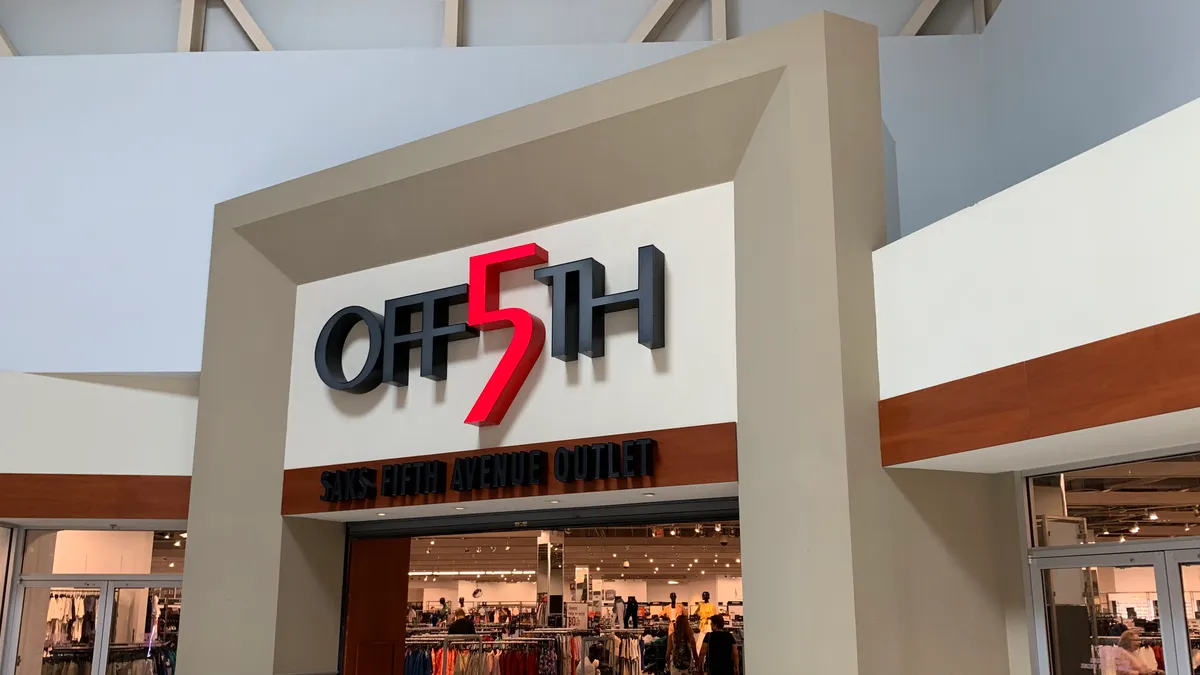Maybe if a department store is going to get what it needs from a mall it anchors, it should buy the place.
Dillard’s has done just that: Trademark Property Co. last week announced that it had partnered with the regional chain to invest in an enclosed mall in Texas. Their plans for the Longview Mall are familiar, including upgrades to the property and its tenant roster.
Beyond that, though, the move could help reinvent the outmoded anchored-mall model, especially if Dillard’s takes ownership in more centers or other retailers follow suit. Some analysts believe the company is likely to, depending on how things go in Texas.
“For Dillard’s, I think this is a bit of a case study. I don't think that for them this is a playbook that they've rolled out — I think they're developing it in real time,” said Bryn Feller, managing director and senior vice president at commercial real estate firm Northmarq. “And I think it's potentially brilliant.”
Nick Egelanian, president of retail development firm SiteWorks, has believed in the potential of this idea for several years, given the needs of both malls and department stores.
“If you're going to do a redevelopment, there's no smarter thing a mall can do than have the main anchor be your partner,” he said by phone. “Instead of your foe fighting you every step of the way, they have a vested interest in your success. One of the greatest costs in doing these is the legacy of reciprocal easements and all the rights that anchors have. This turns a potential foe into your partner. It's smart for both sides.”
This relationship is not unheard of. In the mid-20th century, in the early days of malls, several department store conglomerates developed and owned them, according to Rudolph Milian, president and CEO of Woodcliff Realty Advisors. Those department store companies included Allied Stores; Federated Department Stores; May Company; R.H. Macy & Co.; Sears, Roebuck and Co. (through its Homart Development Company subsidiary); J.C. Penney; and Dayton-Hudson (later Target), he said by email.
"I think it’s potentially brilliant.”

Bryn Feller
Managing Director and Senior Vice President, Northmarq
In those days, two to four department stores were needed to build a mall. The idea was to keep other developers from building competing malls within the same trade area, he said. Today, the incentive for a retailer to invest in a mall, as Walmart also recently did, has more to do with wanting a say and stake in the improvements as well as the proceeds.
“Dillard’s, with a market capitalization of $8.3 billion, has maximized revenue from its retail operations in a dwindling department store sector,” Milian said “Why not expand its business into real estate, particularly retail real estate, which is closely related to Dillard’s expertise?”
In addition to its department stores, Dillard’s runs a construction business, CDI Contractors, that netted more than $260 million last year. While that may give them confidence in their plans, that probably has little to do with why Dillard’s pursued this deal, Egelanian said.
Changes to the Longview Mall in eastern Texas may be somewhat limited by its geography in the heart of town, Egelanian said. But traditional suburban malls could be dramatically reimagined if a developer and anchor work side by side.
“My thesis is not that you're going to ‘save the malls,’ but that you're going to free up the land,” he said. “In each case, you’d look at the property as a new property, and do what makes sense, both financially and for the long term. It means that Dillard’s might not stay in the building it's in now. In some cases, you’d move Dillard’s, even build a new Dillard’s. You'll free up the land because of the way the site works. It's case by case.”
This assumes that Dillard’s invests in more malls, which analysts say is possible, if hard to know how probable. A Dillard’s spokesperson declined to comment on that and other questions for this story.
Egelanian and Feller agree that Dillard’s is the rare — if not the only — department store that would, could or should pursue such a strategy. Both analysts noted Dillard’s deep pockets and the fact that it remains under the founding family’s control, which together provide great latitude.
Furthermore, Dillard’s status as a Southern rather than a national player has preserved a strength not enjoyed by Macy’s, J.C. Penney or even Nordstrom, Feller said by phone.
“At their heart they are more of a regional operator with a strong community that wants to shop there, that values the experience,” she said. “There’s an element and degree of tradition that is undergirding everything they do, and that gives them resilience and really is a unique, differentiating factor for them.”
This also applies to Von Maur, a small regional department store chain based in Davenport, Iowa, according to Feller.
“Von Maur is very similar — fashion forward, well curated, beautiful stores that still give you an experience that you're not going to get walking through a Macy's, that sometimes you don't even get walking through a Nordstrom,” she said. “I think if I'm Von Maur, I'm watching what Dillard’s did and I'm thinking, ‘Should I be rolling out this playbook?’”
This is both a defensive and offensive play, a sign that Dillard’s realizes it has a stake in a mall’s operations beyond its own stores, Feller said. Anchor retailers are used to thinking that the performance of in-line mall stores doesn’t concern them.
“What we've learned about American malls, particularly the anchors, is that they don't live in isolation,” she said. “They live in an ecosystem, and if one part starts to flag and fail and falter, then the balance of the ecosystem is harmed. Dillard’s is saying that this isn't just about the anchor. We can have a great store, a beautiful store, that we've invested in, but if the mall isn’t there, it will drag us down.”
At least in this instance, Dillard’s has taken on the task of helping to preserve this ecosystem, which behooves them on various levels: Healthier in-line stores can mean healthier traffic and sales for their anchor, and, as Milian notes, they could garner a new profit stream.
Bigger picture, though, Dillard’s move is evidence that the mall isn’t over, and its investment contributes to the model’s evolution, Feller said.
“Some malls are dying,” she said. “But some are being recognized as really strong candidates, whether because it’s just a strong property or because it has somebody there who performs really well. We're seeing the bifurcation of malls that will die, and then, on the other end of the spectrum, malls that will not only survive, but thrive.”



